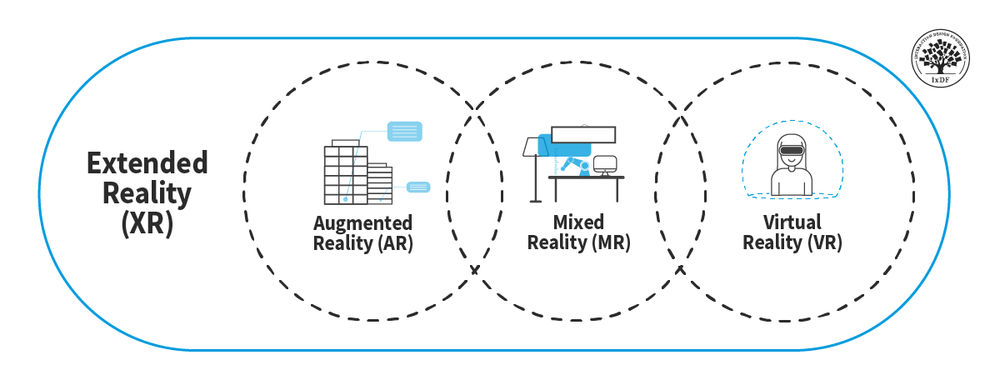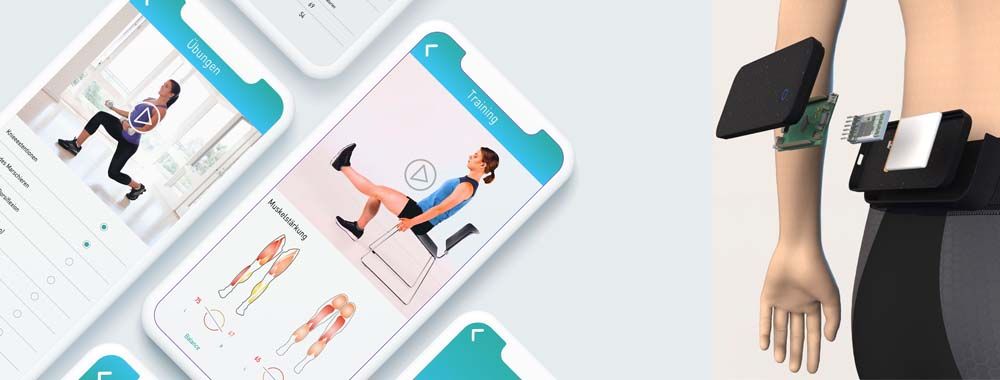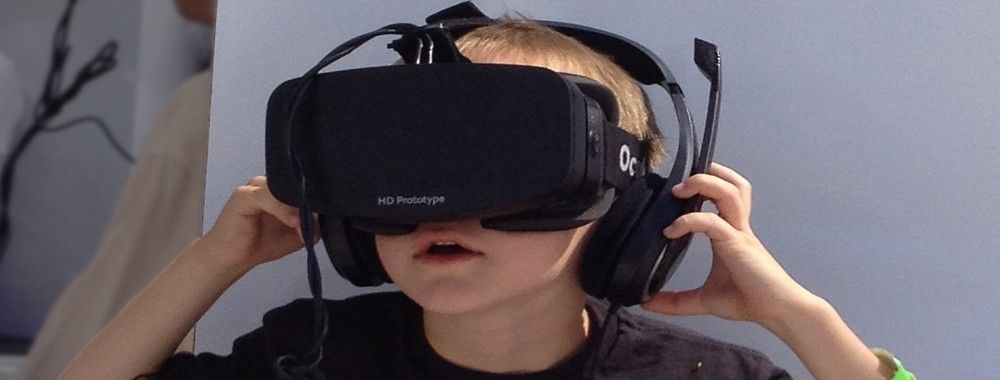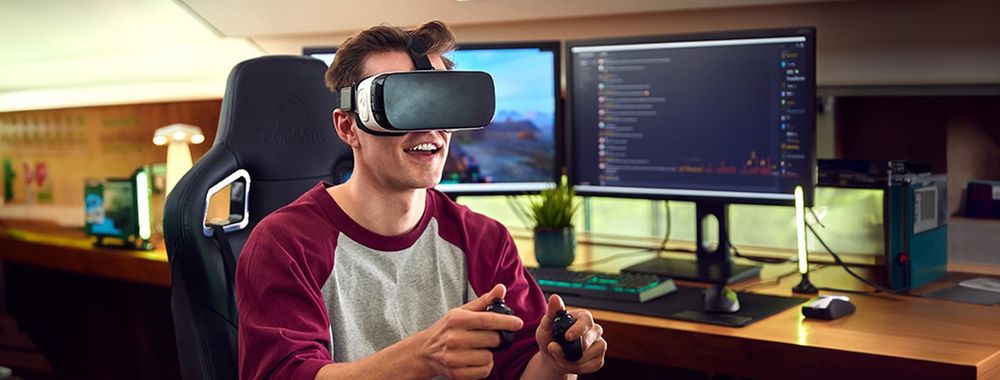One of the most exciting things about designing virtual and augmented reality experiences is all the things you’re able to do as a designer. You can take advantage of all of the user’s senses in design, you can create first-person stories, and you can overlay reality with any virtual object you can come up with. To a large extent, only your imagination sets the limit for how you can provide the users with affordances, action possibilities and information. While all the options create wonderful design opportunities, they also mean that the true art of creating virtual and augmented reality experiences lies in limiting yourself to only giving the users as much information as they need – in the most elegant and subtle way. Here, we’ll give you five tips for what you need to consider in order to keep your virtual and augmented experience designs as simple and pleasurable as possible.
Show
Hide
video transcript
- Transcript loading…
The Takeaway
When you design for virtual and augmented reality, you need to consider:
- Discovery. You should ensure that discovery is easy and simple. Users typically don’t enjoy searching for interaction opportunities and affordances.
- Menu Density. Make sure your menus can be understood at first glance and that they’re easy to interact with.
- Movement. Ensure that your experience doesn’t require so many gestures and head movements that the user gets tired.
- Visual Input. In virtual reality, you have to consider the user’s field of view and ensure that visual input doesn’t become cumbersome or overwhelming.
- Multi-tasking. Make sure your design gives the user a clear focus. Too much multi-tasking can become overwhelming.
Because virtual and augmented reality are still developing as relatively new technologies and becoming increasingly sophisticated, you as the designer are probably more comfortable with them than your users are; they might be encountering VR or AR for the first time. That means it’s even more vital that you test and validate your designs with users. Only when you’re sure they enjoy the experience as much as you do will you be able to confirm your design’s success.
Where to Learn More
You can learn more about designing for virtual and augmented reality in this book: 3D User Interfaces: Theory and Practice by LaViola et.al.
References
Hero Image: Copyright holder: Brother UK Copyright terms and license: CC BY 2.0










